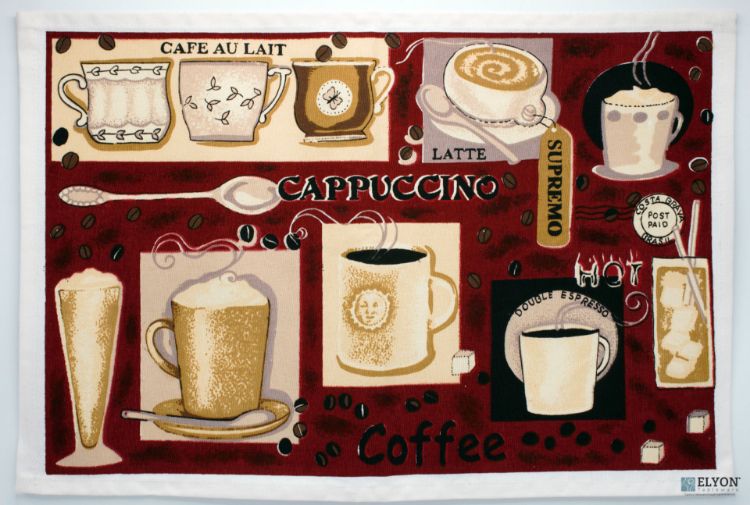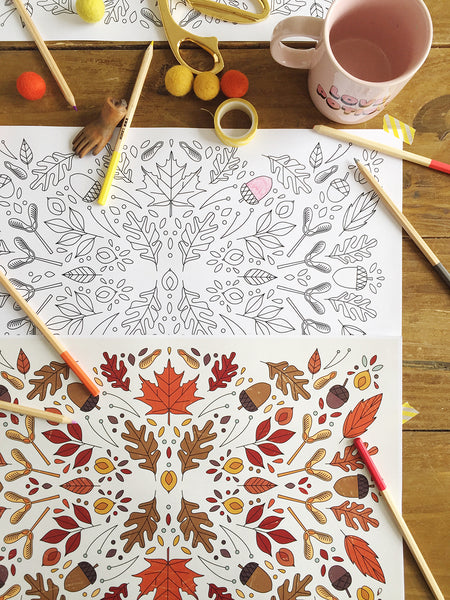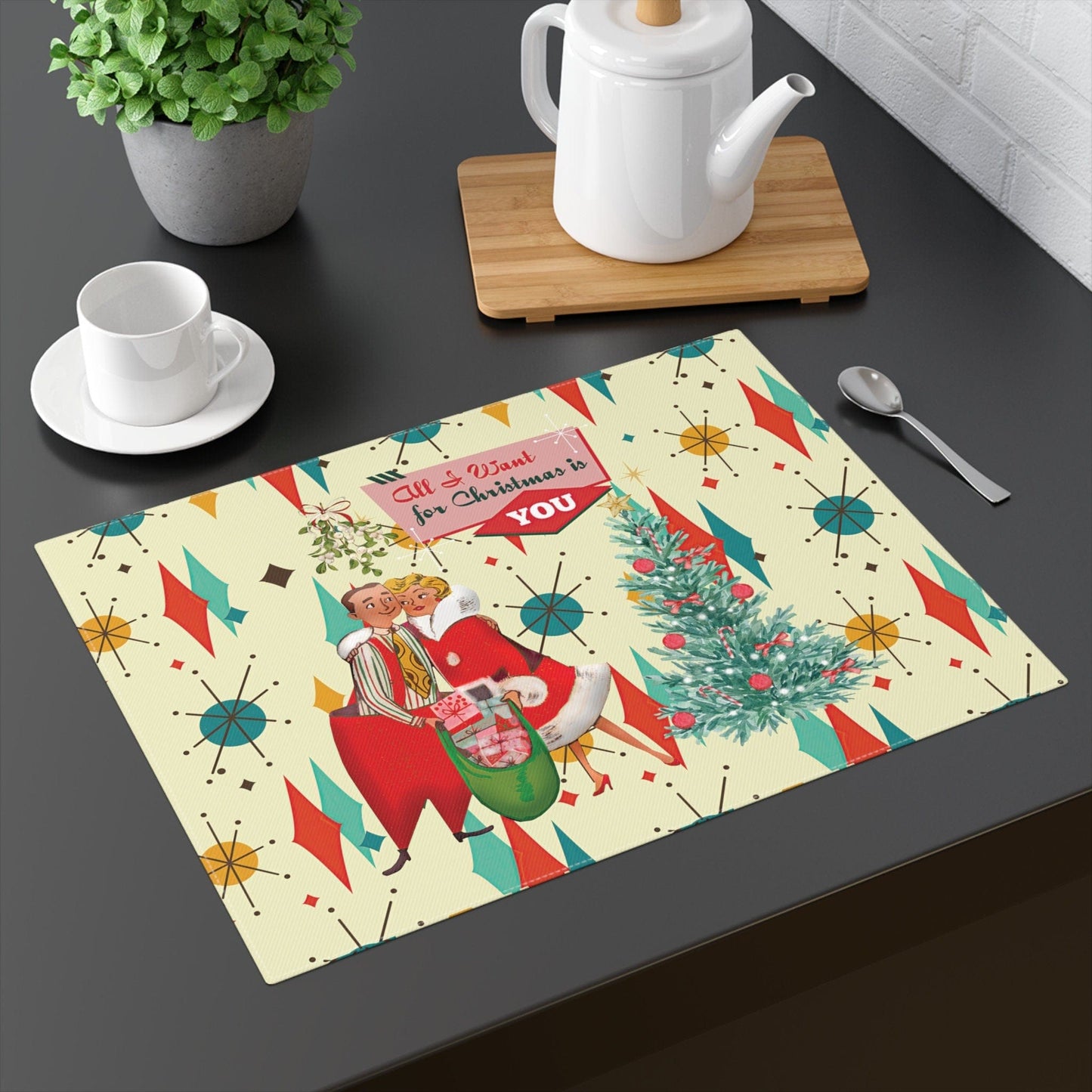Little Known Facts About Unique Art.
Little Known Facts About Unique Art.
Blog Article
Things about Unique Art
Table of ContentsThe 15-Second Trick For Unique ArtIndicators on Unique Art You Should KnowThe Ultimate Guide To Unique ArtTop Guidelines Of Unique Art
While one may discuss which art type holds priority, the fact continues to be that each of these seven kinds provides a special home window right into human history, society, and advancement. They are the tapestries that chronicle our trip, reminding us of our past while motivating visions for the future.Terrific art work tells a tale, makes individuals look twice, and creates an unique experience that can't be matched. Art and illustrations communicate all of that through color, form and various other design elements. Find out exactly how to make your special artwork attract attention from the group.

8 TRIA GIOVANEqual parts grand and laidback, this foyer developed by Anthony Baratta is the best plan to comply with if you're decorating a formal entryway that still really feels unfussy and comfortable. Patterned textiles take center phase (see the carpets and the sofa), but they likewise help bring the high ceilings down to a human scale when hung over wallpaper.
How Unique Art can Save You Time, Stress, and Money.
18 Heidi Caillier DesignA gallery wall doesn't require to take up the entire area. Occasionally a little one can make a bigger design statement. In this living room, Hiedi Caillier decided for micro-mini frameworks and a random structure.
The aspects of this languageits forms, lines, colours, tones, and texturesare used in different methods to generate feelings of quantity, room, motion, and light on a level surface area. These elements are integrated right into meaningful patterns in order to represent actual or superordinary phenomena, to translate a narrative style, or to develop wholly abstract visual connections.
Later the concept of the "great musician" created in Asia and Renaissance Europe. Throughout the 19th century painters in Western cultures started to lose their social placement and protected patronage.
Unique Art Fundamentals Explained
Others made a revenue with touring exhibitions of their work. Visit Website The need to appeal to a market had actually replaced the comparable (if much less impersonal) needs of patronage, and its result on the art itself was probably similar. Normally, artists in the 20th century might get to a target market only via commercial galleries and public galleries, although their work might have been occasionally reproduced in art regulars.

Don't duplicate the style of various other musicians if you're searching for your design. Duplicating other individuals's artwork can be fantastic in instructional purposes yet it will certainly not make you closer to discovering your own unique design. Your artistic style has to be, what you like and what motivates you.
I would assume of your very own design as a design you repaint in naturally, when you release all ideas and policies and just concentrate on paint, not thinking of it. Unique Art. The style has to come normally to you when you are loosened up and you can not compel it or it will not be your very own style, just another person's
Getting My Unique Art To Work

With time you'll have the ability to sort every one of them right into your favored and the very least preferred classifications. Try to concentrate your focus on the topics and mediums that you like and prior to you see it coming you'll have your very own personal and one-of-a-kind style, like nobody else have! So in the end you'll have a few favored subjects to paint and perhaps a few favored mediums.
The style has to establish itself gradually with a lot of practice and experiments - Unique Art. Thanks for reviewing this message and if you have any kind of questions leave them in the remarks listed below, I 'd more than happy to answer these
Report this page